This website uses cookies so that we can provide you with the best user experience possible. Cookie information is stored in your browser and performs functions such as recognising you when you return to our website and helping our team to understand which sections of the website you find most interesting and useful.
Mariupol Territorial Community

The Mariupol Territorial Community was founded in June 2020 as part of the Donetsk Region of Ukraine. The community is located in the Donetsk Region on the coast of the Sea of Azov and, apart from the town of Mariupol, includes thirteen villages and settlements of the Mariupol District.
The area of the community amounts to 375.3 square kilometres.
The town of Mariupol is the administrative centre of the community.
As of 01 January 2022, the population of the community totalled 541,300 residents.
Men: 46%
Women: 54%
According to the information of the Mariupol Community, as of 01 January 2022 the number of children totalled 66,085.
There are 96,000 internally displaced persons.
The town coordinates on the map
History
The official year of foundation of the town of Mariupol is 1778, when the town of Pavlivsk was founded in the territory of the Azov region. The true date of the town’s foundation is currently being studied by historians because the roots of the town date back to 1594, i.e. the time of the Cossack fortress in the territory of present-day Mariupol. The initial development of the town is associated with the mass resettlement of Greeks from Crimea.
Until the early 20th century, Mariupol was a town of trade, fishing, and gardening. In the second half of the 1890s, two metallurgical plants were built in Mariupol: Nikopol and Providance, which gave an impetus to the progressive development of the town and was strengthened by the Soviet industrialization of the town. In the 1950s and 1980s, Mariupol continued to develop as a large industrial centre and a port city.
Historically, the town of Mariupol has been a multinational town: before 2022, it was home to more than 100 nationalities. This largely determined the cultural diversity of the town.
The architectural landmarks of the town existing before 2022 were related to the period of the 19th – 20th centuries and were examples of the unique urban planning architecture of that era. They include the Water Tower built in 1909 according to the design of architect Viktor Nilson as well as many buildings associated with his name; Serhii Gamper’s house; Mariupol Oleksandrivska Male Secondary School; the building of the former Continental hotel.





Economy and Welfare
As of 01 January 2022, the town had about 270,000 people working in all the sectors of the economy.
During the last decades, the town’s economy was largely based on metallurgical enterprises such as the Mariupol Ilich Metallurgical Plant and the Azovstal Metallurgical Plant, as well as the largest seaport in the Sea of Azov. To a lesser extent, the town’s economy depended on mechanical engineering, trade, and municipal enterprises of the town.
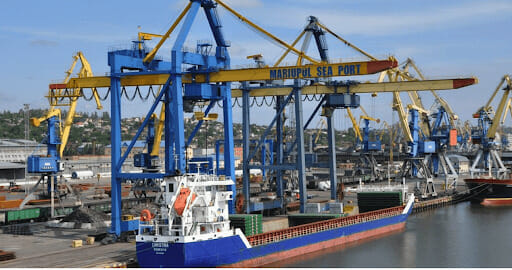

In 2019, the highest average salary in Ukraine was recorded in Mariupol. The town intended to develop steadily and expand the list of its economic sectors that its residents wanted to join. It was planned to develop the water economy, alternative energy, medicine and education, and significant hopes were placed on the development of the IT cluster. Metallurgical enterprises and the logistics industry experienced evolutionary changes as well.
In early 2022, the town had fifteen municipal health care facilities, fourteen higher educational institutions, one hundred and sixty-eight educational institutions, three large administrative services centres, and eight social centres. The public transport fleet consisted of two hundred and forty-nine rolling stock units.
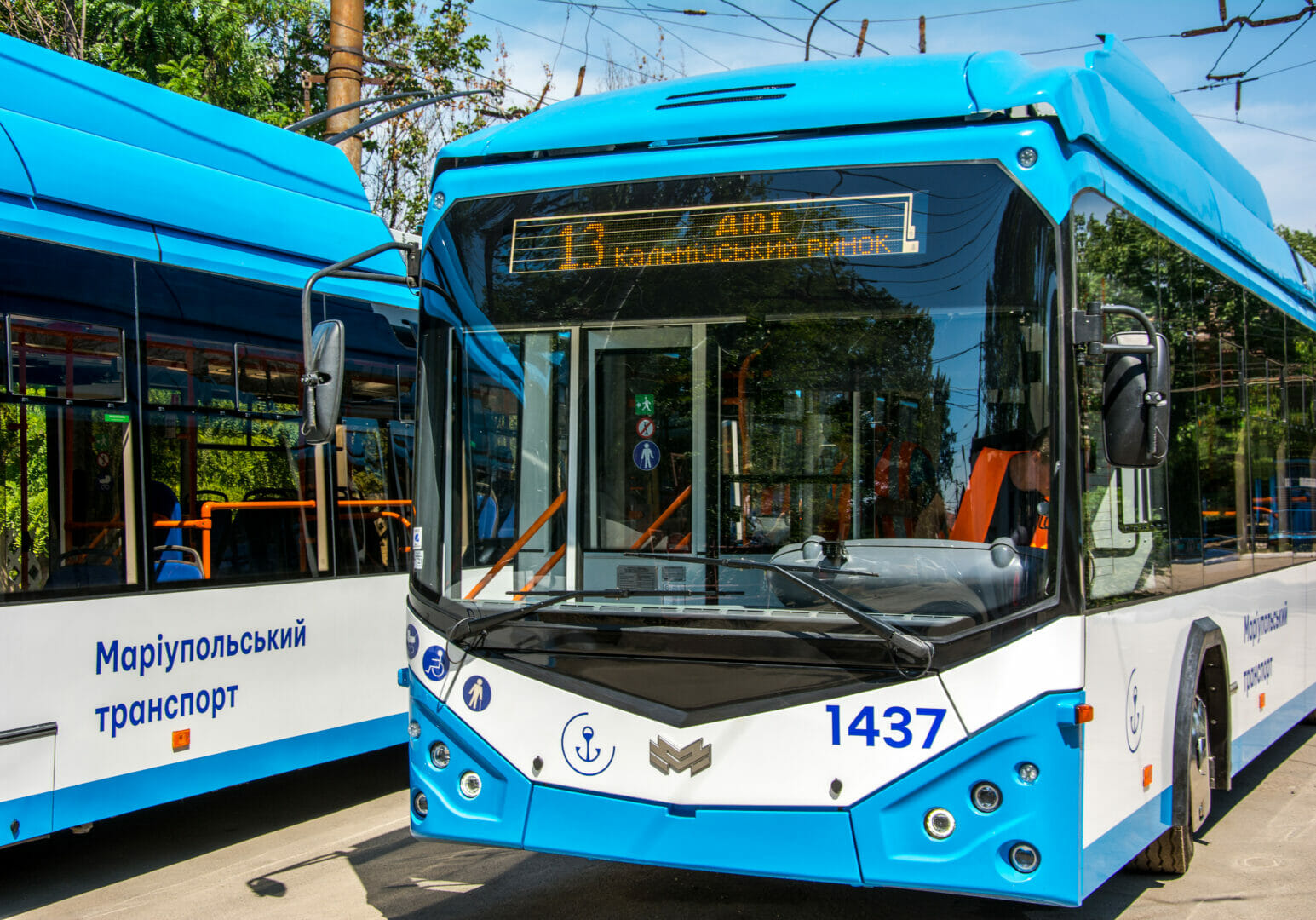
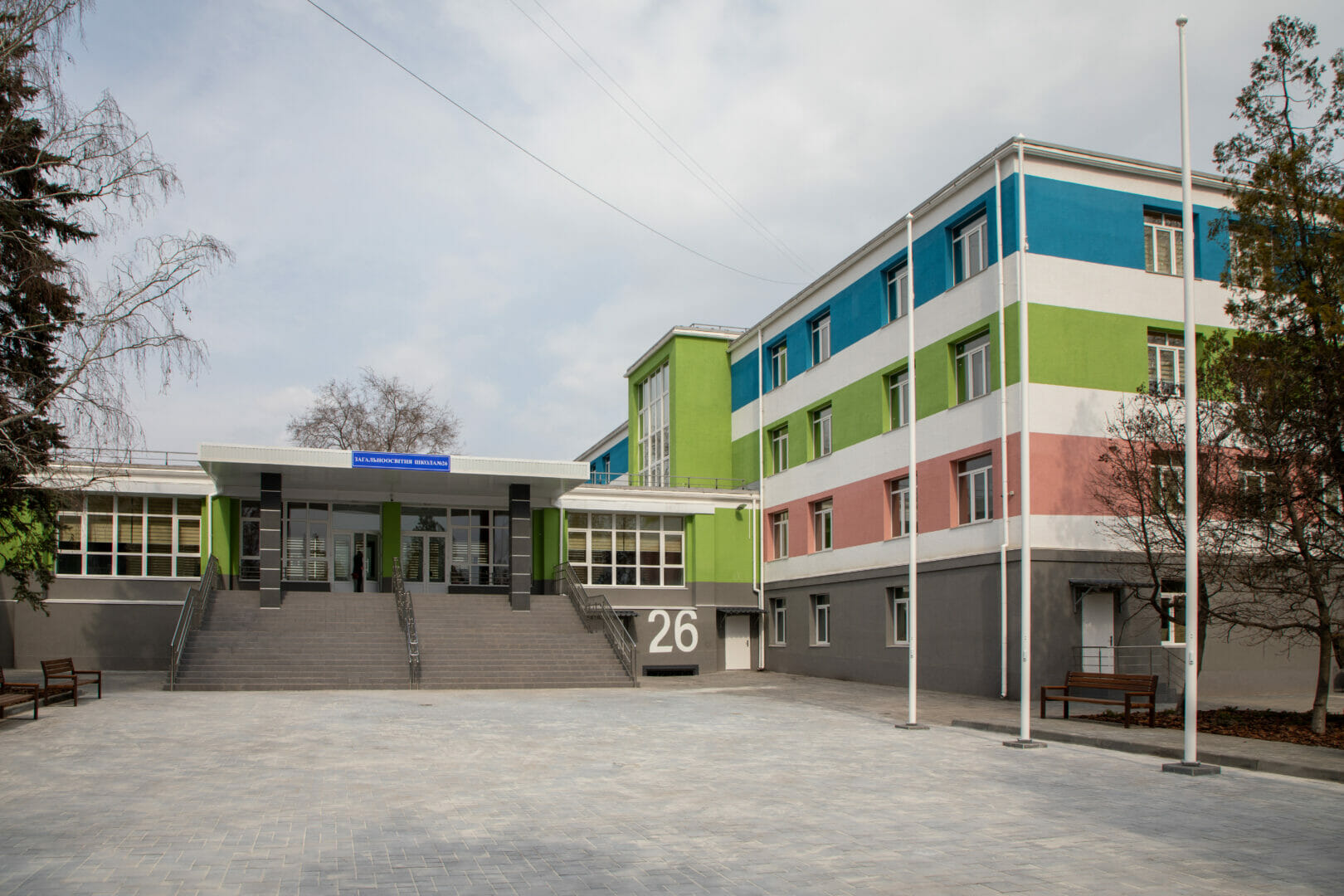



Community and War (after 24 February 2022)
The town of Mariupol was besieged and under devastating fire from the russian occupation forces starting from the first days of the full-scale invasion. Due to the blockade, constant shelling and air bombardment, it was impossible to organize a centralized evacuation of residents to other cities of Ukraine. The invaders completely blocked the approval of humanitarian corridors. In a matter of days, the town’s vital infrastructure such as electricity grid, heat, gas and water supply was purposefully damaged. It became impossible for rescue services, medical institutions, and trade chains to function.
The siege of the town lasted 86 days. Tens of thousands of civilians were killed during this period (an accurate estimate of the information is possible only after the de-occupation of the town). 929 apartment buildings and 6,409 private houses were completely destroyed, 1,207 apartment buildings and more than 25,000 private houses suffered significant damage. Municipal, energy, and transport infrastructure facilities as well as business assets were also significantly destroyed. The cost of the town recovery is preliminarily estimated at $14.5 billion.

Due to mortal danger and the complete destruction of critical infrastructure, more than 200,000 Mariupol residents were forced to leave the town, when in mid-March 2022 the occupation forces allowed them to exit Mariupol by private transport or on foot. The town authorities managed to resume work and deploy a network of humanitarian aid centres for displaced persons in 16 cities of Ukraine. Currently, 22 I’Mariupol centres provide aid to more than 60,000 residents of the town and the Mariupol District.



People of the Community
The current head of the community is Vadym Boichenko elected in 2015 and re-elected in 2020.

The main major projects of the municipality of Mariupol, which were completed or almost completed before the start of the war, are the reform of the town’s municipal enterprises, the complete renewal of public transport, the construction of a system of transparent administrative services, the major renewal of the network of educational, health care, sports and culture institutions, the development of the Green City.
The result of the reforms in Mariupol was supposed to be the large-scale development of modern infrastructure, the growth of the town’s role in the region, a positive migration balance, the involvement of young people in all the stages of the town’s development, and the desire of school and university graduates to stay in Mariupol, start families and build their professional future there.


Currently, the community of Mariupol is rallying around the I’Mariupol centres and dreams of restoring the town after its de-occupation by the Armed Forces of Ukraine. That is why the municipal team, together with international partners and businesses, started the development of the Mariupol Reborn plan.
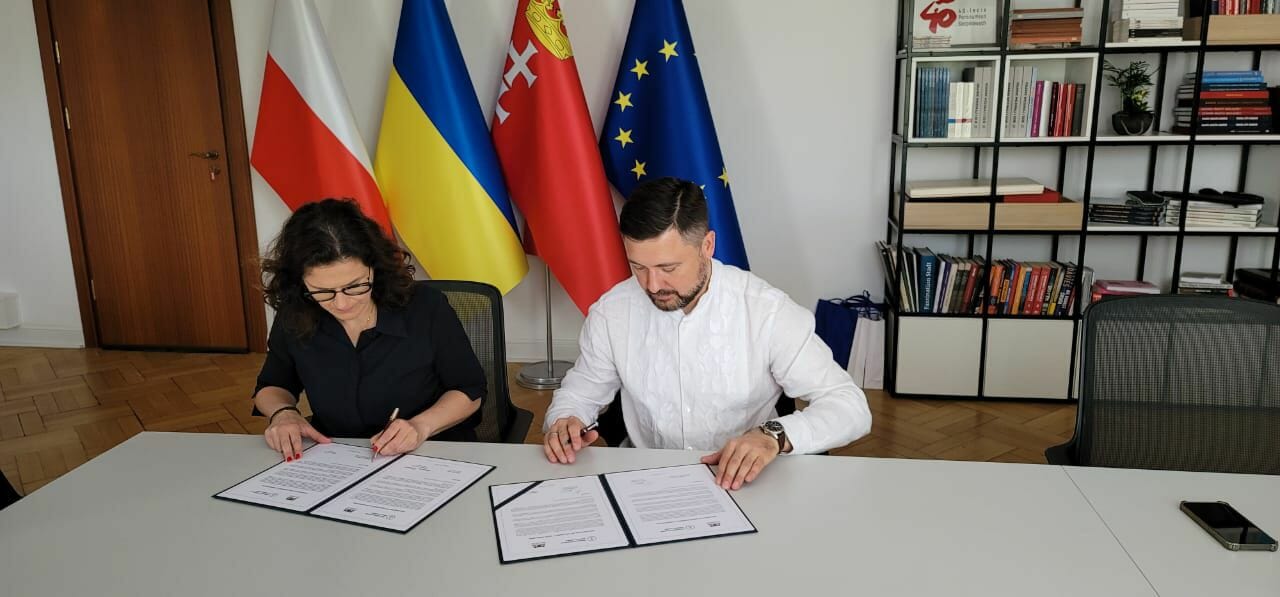

France is ready to join the Mariupol Reborn plan.

The mayor of Mariupol and the team for the development of reconstruction plans hold many fruitful meetings with the representatives of partner countries regarding the reconstruction of the town after its de-occupation and its integration into the European community.
Development Strategy
Before 2015, the town of Mariupol developed slowly, accumulating a number of systemic problems.
However, in 2016 rapid development began in Mariupol as a result of the development and implementation of a number of strategic planning documents in cooperation with international partners.
The first document of this type was the development strategy of the town of Mariupol titled “Strategy-2021”. It outlined the ways to achieve the main goal, i.e. making Mariupol more attractive for people and businesses and providing a significant impetus to this.
Strategy-2021 sought to develop the town of Mariupol in the following areas:
- Reorganizing the municipality, provision of high-quality administrative services and prevention of corruption
- Upgrading the housing and utility sector
- Upgrading road and transport infrastructure
- Upgrading educational and healthcare institutions
- Providing modern social services to the population
- Developing sports infrastructure and involving residents in an active lifestyle
- Developing the cultural component of leisure time
- Taking measures to improve the ecological environment in the town
- Organizing civil security measures
- Digitalizing the municipal services.
As of the beginning of 2022, all the specified goals of the Strategy-2021 had been achieved.
Then a strategy for the further development of the town was developed. The stated goal was to become a town by the sea with an ocean of opportunities. Comprehensive transformation of urban spaces, modernization of the health care and education sectors, large-scale reconstruction of municipal infrastructure, creation of an industrial park are planned. In order to achieve this goal, in late 2021 the Strategy-2030 was approved as a long-term plan for the development of the town.
Its main sections included:
- Economy – general transformation and development of new technologies
- Comfort and service – improving security in the town, developing municipal and public services, education, health care, ecology
- Town design – transport infrastructure, creation of a comfortable environment, preservation of its uniqueness
- Development of sports and cultural environment, tourism, youth involvement in building the future.
Currently, the municipality of Mariupol has drafted a Fast recovery plan, which should start immediately after the liberation of the town from the russian invaders. It combines the restoration of the destroyed infrastructure of Mariupol as a condition for the fast return of residents. The total cost of the plan measures is more than 700 million euros.
In addition, the Mariupol Reborn town recovery plan has been developed; it includes stages focused on the strategy of rapid recovery of critical infrastructure and specification of damage assessment, formation of the general recovery plan and its implementation. This plan is the basis for the recovery of both the town of Mariupol itself and the Mariupol community. Financing the project requires attracting large amounts of money, and currently, large Ukrainian businesses, the state and other cities of the world (Utrecht, Gdansk, Wroclaw), as well as the EBRD, the World Bank, the European Investment Bank, USAID, and well-known global urban planners have joined the financing of the recovery of the town of Mariupol.
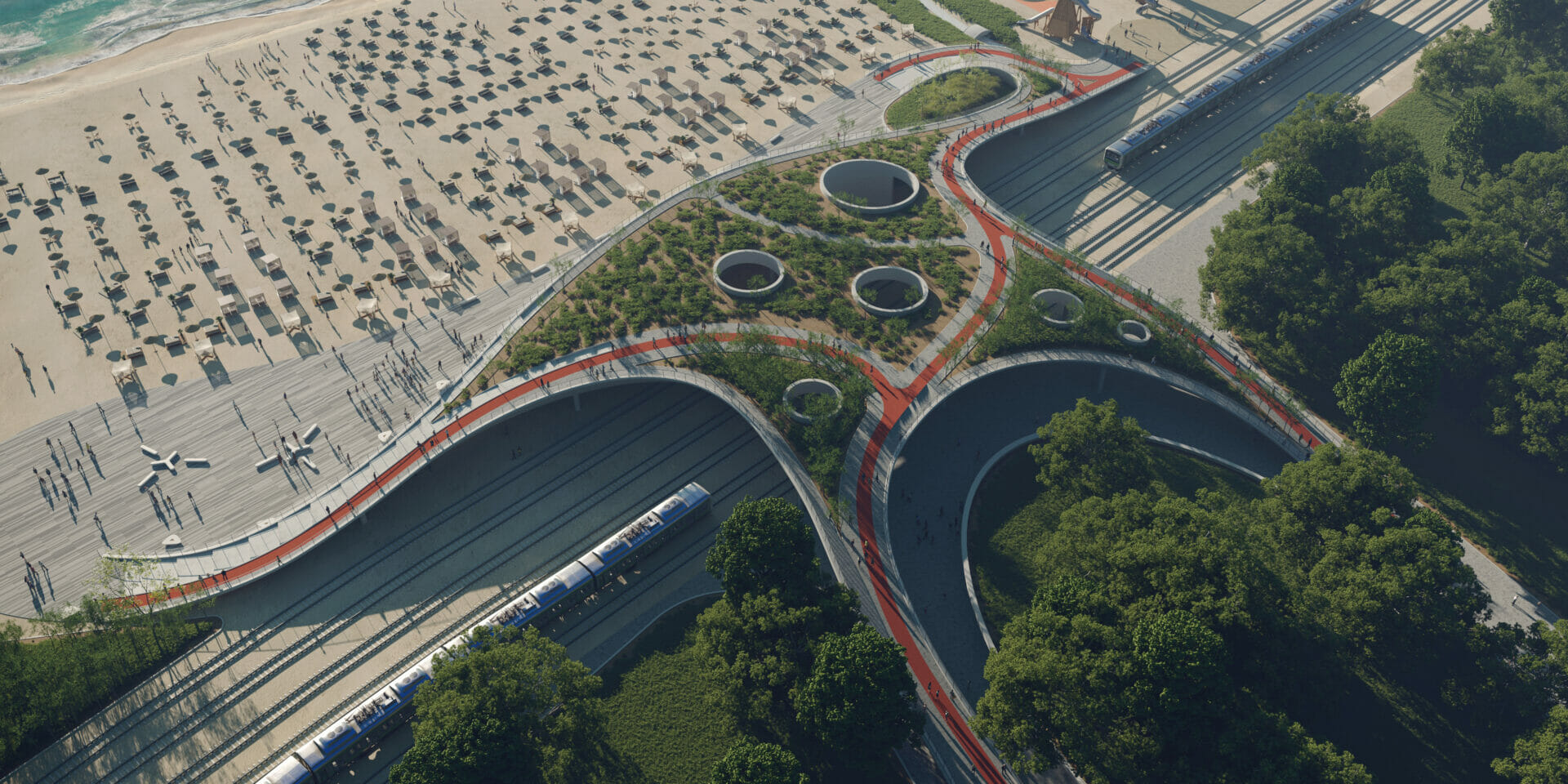

List of Sources
- Information provided by the Mariupol Town Council.
